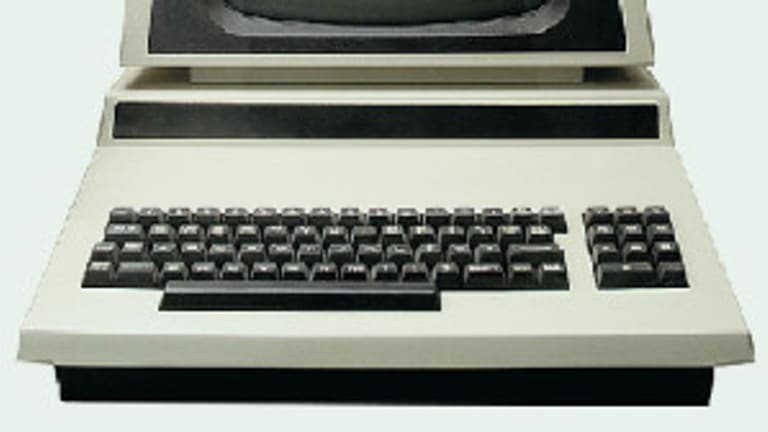This year marks the 50th anniversary of TENNIS Magazine's founding in 1965. To commemorate the occasion, we'll look back each Thursday at one of the 50 moments that have defined the last half-century in our sport.
“The one perfect truth. That number arrives every Monday morning—pure, objective, apolitical, honest, and unwavering.”
That’s how former pro Bill Scanlon described his ATP computer ranking, which he first earned in the mid-1970s. Read now, four decades after those rankings began, his words may sound a little overblown. Surely Scanlon didn’t think a man can be reduced to a number, did he? Perhaps not, but like most of his colleagues of that era, he wasn’t completely opposed to the idea when it came to measuring himself as a player. At least it was a number he could believe in, and that he could control.
There’s that word again: control. We just read about how it, rather than money, was what was drove the ATP to walk out of Wimbledon in 1973. When the men banded together to protest their fellow player Niki Pilic’s suspension from the tournament, the British press made them out to be ungrateful and greedy. But what they wanted more than anything was, after decades of amateur rule, to become masters of their own fates. A month later, in August ’73, the tour took another step in that direction by releasing its first set of computer rankings.
It’s hard to imagine now what the big deal was; weekly rankings have become so associated with tennis that Roger Federer could appear in a commercial about the topic for ESPN:
